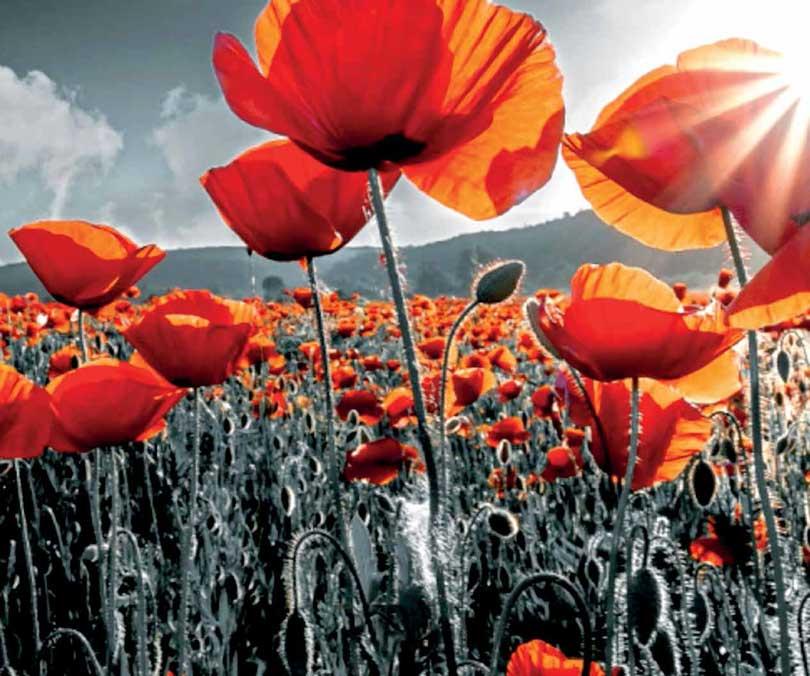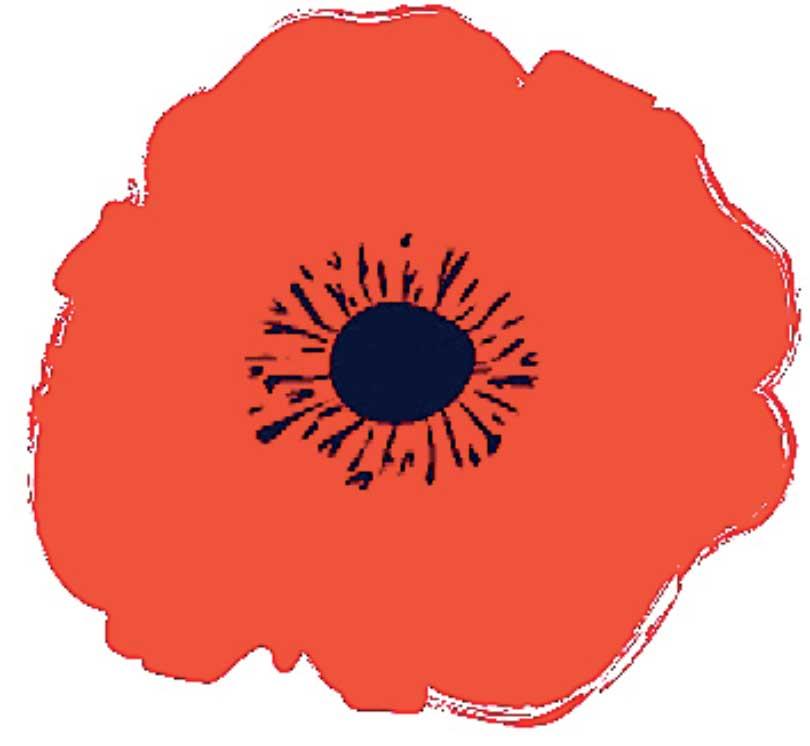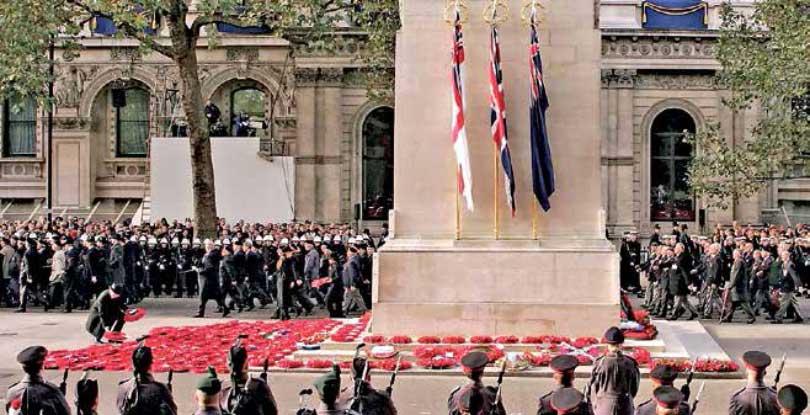



Every year on November 11, people across the Commonwealth and beyond pause for a moment of silence. They gather at cenotaphs, war memorials, schools, and workplaces to honour the men and women who gave their lives in military service. This solemn occasion is known as Remembrance Day, a day not only to remember the fallen but also to reflect on the cost of war, the value of peace, and the continuing duty to preserve freedom. Although it originated after the First World War, Remembrance Day remains profoundly relevant today, reminding us that the lessons of history must never be forgotten.
Origins of Remembrance Day
Remembrance Day was first observed in 1919, marking the first anniversary of the armistice that ended the First World War. The armistice was signed on November 11, 1918, at 11 a.m., the eleventh hour of the eleventh day of the eleventh month. The war had lasted more than four years and claimed the lives of over 16 million people worldwide, including more than 60,000 Canadians. Entire towns lost a generation of young men, and families were forever changed. In the years immediately following the war, communities sought ways to commemorate those who had made the ultimate sacrifice. Ceremonies, monuments, and memorials were created across Europe, Canada, Australia, and other nations. In 1919, King George V declared November 11 a day of remembrance throughout the British Empire, known initially as Armistice Day. In 1931, Canada officially renamed it Remembrance Day, expanding its meaning to include those who served in all wars, not just the First World War.
The Symbolism of the Poppy
Perhaps the most recognizable emblem of Remembrance Day is the red poppy. The flower became a symbol of remembrance because of a poem written during the First World War by Canadian soldier and physician Lieutenant Colonel John McCrae, titled “In Flanders Fields.” In the poem, McCrae described how poppies grew among the graves of soldiers in Flanders, a region of Belgium devastated by battle. The simple beauty of the poppy amid the destruction of war came to represent both the blood shed by soldiers and the hope for new life and peace. After the war, the poppy was adopted by the Royal British Legion and the Royal Canadian Legion as a fundraising tool to support veterans and their families. Today, millions of poppies are distributed every year in the weeks leading up to November 11. Wearing a poppy over the heart serves as a quiet statement of gratitude and remembrance, a small act that connects generations across time.
Honouring the Fallen and the Living
While Remembrance Day is often associated with those who lost their lives in wartime, it also honours all who have served and continue to serve in the armed forces. Soldiers, sailors, aircrew, peacekeepers, and medical personnel have risked their lives not only in world wars but also in later conflicts such as Korea, Afghanistan, and numerous peacekeeping missions around the world. Each of these individuals deserves recognition for their courage, commitment, and sacrifice.
Remembrance Day also reminds us of the countless civilians who suffer the effects of war, those who endure displacement, loss, and trauma. Remembering them broadens our understanding of war’s human cost and emphasizes the need for compassion and international cooperation.
The Two Minutes of Silence
One of the most moving traditions of Remembrance Day is the two minutes of silence observed at 11 a.m. This moment of reflection allows people to stop whatever they are doing and think quietly about those who died in service. The first minute is traditionally dedicated to remembering the fallen, and the second to those who survived but whose lives were forever changed by war. This brief silence is powerful because of its simplicity. In a world filled with constant motion and distraction, pausing for two minutes creates a collective stillness that connects people across generations, borders, and beliefs. It is a moment when the past and present come together, and gratitude replaces words.
The Continuing Relevance of Remembrance Day
Although more than a century has passed since the guns of the First World War fell silent, the importance of Remembrance Day has not diminished. Some might question its relevance in a world that has changed so dramatically, but the need to remember remains as vital as ever.
- First, Remembrance Day teaches history. It ensures that the sacrifices and struggles of previous generations are not forgotten. Learning about the causes, consequences, and human impact of wars helps younger generations understand the value of peace and the fragility of freedom. In this sense, remembrance is not only an act of looking back but also a way of shaping the future.
- Second, Remembrance Day promotes empathy and unity. Regardless of nationality, religion, or background, people come together to honour the same ideals of courage, service, and sacrifice. This collective act reminds us that freedom and peace are shared human values, not privileges granted to a few.
- Third, Remembrance Day inspires gratitude and civic responsibility. When we acknowledge what others have given up for us, their youth, their health, and often their lives, we are encouraged to live with purpose and to contribute positively to society. Remembering the past becomes a call to build a better, more peaceful world.
Lessons from the Past
The wars of the twentieth century revealed the devastating consequences of hatred, division, and unchecked power. Millions of people were displaced or killed, and cities were reduced to rubble. Yet out of this destruction arose a renewed commitment to peace and human rights. The creation of the United Nations, the Geneva Conventions, and various peacekeeping missions are testaments to humanity’s determination to prevent such suffering from recurring. Remembrance Day helps to preserve those lessons. It reminds us that freedom is not free and that it must be protected not only through military service but also through diplomacy, compassion, and vigilance against injustice. It also warns us of the dangers of forgetting. When history’s tragedies fade from memory, they risk being repeated.
Modern Acts of Remembrance
Commemoration today takes many forms. Traditional ceremonies at cenotaphs remain central, but new forms of remembrance have emerged in schools, on social media, and in digital archives. Veterans’ stories are recorded and shared online, students participate in art and essay contests, and communities create exhibits and documentaries. Each act of remembrance, whether grand or small, contributes to keeping history alive. In Canada, for instance, young people often take part in projects such as the No Stone Left Alone initiative, where students place poppies on the graves of veterans. Such experiences help bridge the gap between generations and foster a deeper understanding of what service and sacrifice truly mean.
Remembering to Build Peace
The purpose of Remembrance Day is not to glorify war but to honour peace. The soldiers who fought did so not because they wanted war, but because they believed in protecting others and defending freedom. Their legacy calls us to uphold those same values in our own time through tolerance, cooperation, and understanding. In a world where conflict and division still exist, the message of Remembrance Day is both timeless and urgent. Remembering the past is not enough; we must also act to prevent future suffering. Each generation inherits the responsibility to learn, to reflect, and to strive for peace.
Remembrance Day is more than a date on the calendar. It is a moment of collective conscience. It asks us to stop, to remember, and to reaffirm the principles for which so many have sacrificed: freedom, justice, and peace. From the poppy on a lapel to the quiet silence at 11 a.m., every gesture of remembrance strengthens the bond between past and present. As the world continues to change, the need to remember remains constant. The words of John McCrae still echo more than a century later: “To you from failing hands we throw / The torch; be yours to hold it high.” On Remembrance Day, we pick up that torch with gratitude, humility, and hope, ensuring that the sacrifices of the past continue to illuminate the path toward a more peaceful future.










